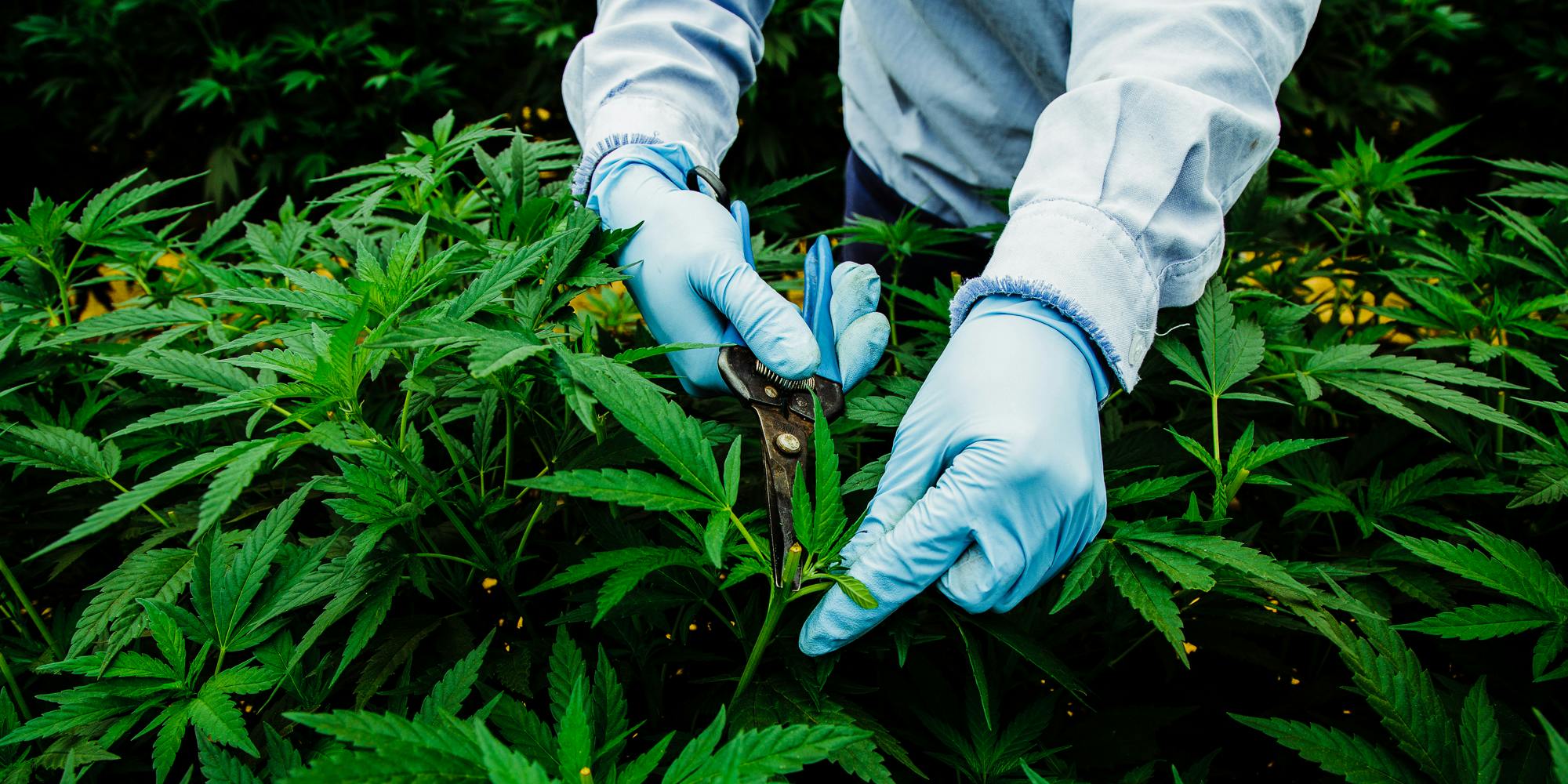
Photo by Naotomo Umewaka/HERB
We Visited the Small Town in Colombia That Will Supply the World With Weed
Colombia’s climate and farming industry perfectly position it to dominate the global cannabis market.
It was the rainy season in Colombia, and as we left the buzzing city center of Medellín for the hills of Rionegro, the smoke from thousands of motorcycles and transport trucks yielded to a low hanging mountain fog. Outside the car window was a collage of green, brown and blue “fincas”—Colombian cottage-style homes—scattered over the Andes mountain range. But the elaborate displays of carnations, orchids, and chrysanthemums that decorated these fincas soon disappeared, too. In their place: nearly 3 million square feet of cannabis plants, organized in neat rows beneath white greenhouses that stretch to the horizon.
A few minutes later, guards checked our papers, made us sign some legal documents, and then opened the gates to PharmaCielo’s growing facility—the largest legally operating cannabis farm in Latin America and home to the first legal cannabis plants in the country.
The joint Canadian-Colombian company, PharmaCielo, was the first company to obtain licenses to legally cultivate medical cannabis in Colombia after it was legalized in 2016. Their facility in Rionegro, Antioquia is the beginning of what could become a multibillion-dollar industry. To put this into perspective, legal cannabis could be worth more than the country’s flower, coffee, coal and banana exports—all four of which are among Colombia’s top export products—combined.
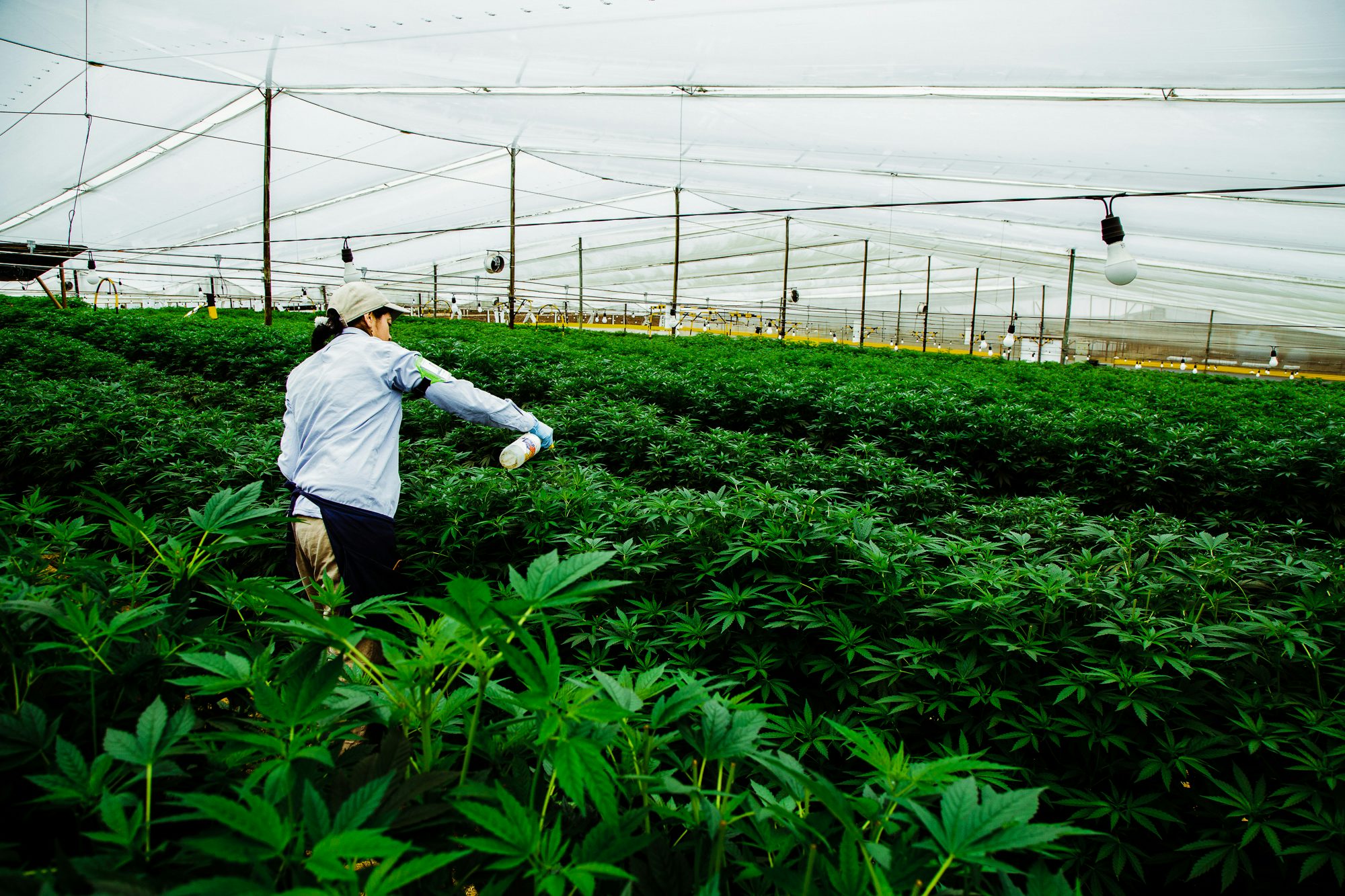
Colombia’s climate and geography give it an advantage over just about every other medical cannabis producing country in the world. As one of 13 countries located directly on the equatorial line, the sun rises and sets at virtually the same time every day, 365 days a year. This creates a natural 12-hour-daylight and 12-hour-darkness cycle that’s necessary for the cannabis plant when it enters its flowering stage.
In North America, it can cost cultivators tens of thousands of dollars to replicate these conditions with artificial heat and lighting. According to some sources, a gram of CBD extract can be produced for as low as $0.35 in Colombia, whereas in Colorado—where indoor cannabis production is commonly used—it would cost roughly $1.75.
This is how Colombia could soon produce an estimated one-fifth of the world’s total medical cannabis. And PharmaCielo is positioned to be at the forefront of this boom.
In their Rionegro facility, they’ve got a living catalog of cannabis varieties—rows upon rows of over 35 different strains, each with thick stalks of budding flower emanating unique aromas. They’ve all been deemed market-worthy and will soon be processed into medical product. On the other end of the greenhouse, a backlog of over 100 additional varieties germinate, waiting to be assessed for their quality and medical potential. The company intends to be in full production by the end of 2018.
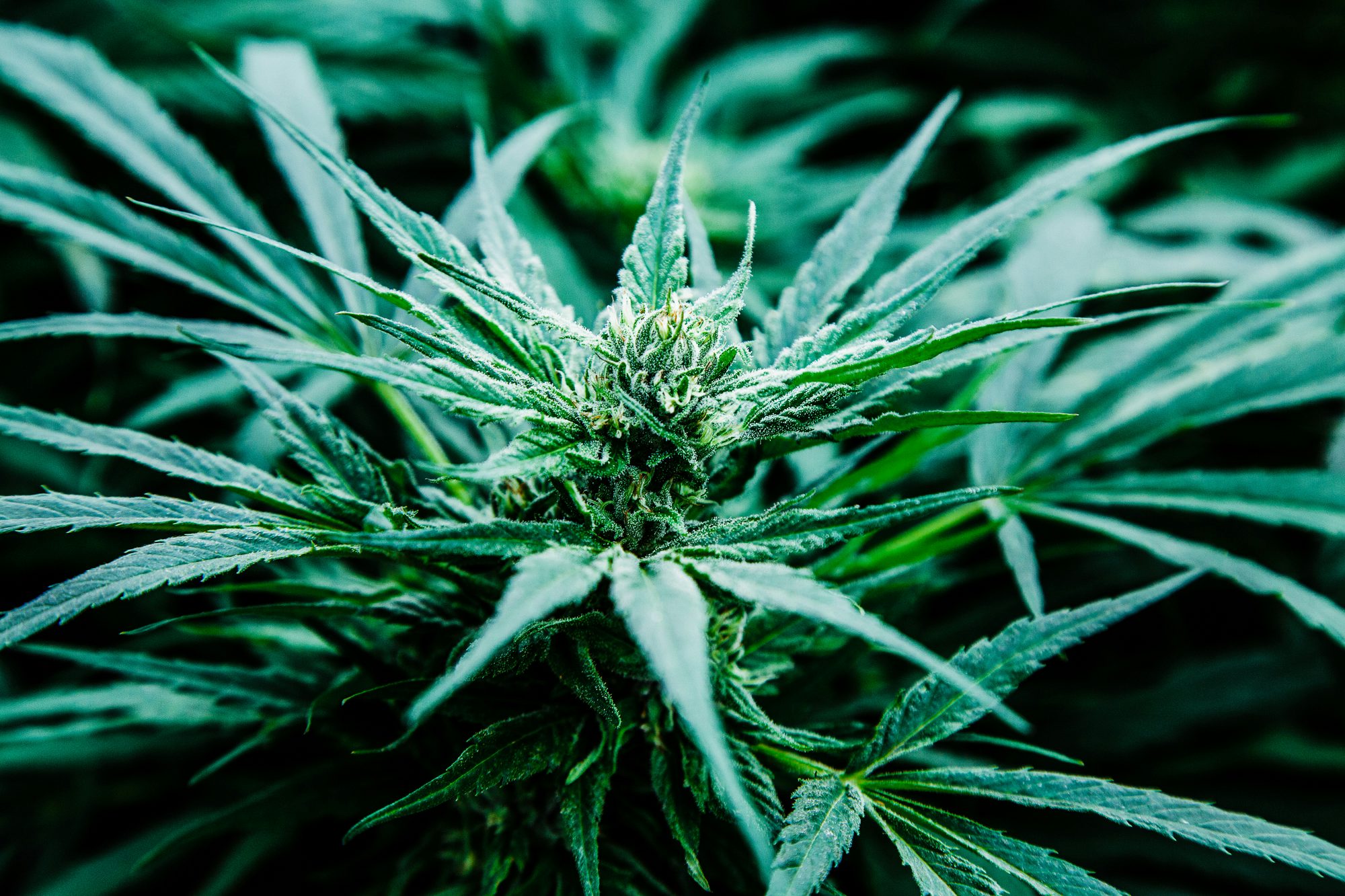
The International Narcotics Control Board (INBC), the United Nations-affiliated regulatory body for drugs, recently awarded Colombia with a 40.5 tons of cannabis-per-year quota—the highest medical cannabis quota in the world. This represents about 44 percent of the global medical cannabis quota. Even still, as Federico Cock-Correa, the Director of PharmaCielo Colombia, tells Herb, that won’t be enough. “We have to ask to adjust the quota,” he said. “Because we are going to produce a lot more than 40 tons.”
The environmental impact of producing this much cannabis in places like Colorado or Canada would be massive, already reflected in legal cannabis states’ lengthy utilities bills. In Denver, Colorado, the first state in the U.S. to legalize recreational cannabis, nearly four percent of the city’s electricity is now used to cultivate cannabis. Some cannabis companies have reported spending as much as $13,000 per month on electricity.
One energy and climate change scientist from California, Evan Mills, reports that indoor cannabis production has an estimated environmental footprint that is “equivalent to that of 2 million average U.S. homes,” with the average kilogram of final product having an impact comparable to “3 million average U.S. cars when aggregated across all national production.” Lawrence Berkeley National Laboratory estimates that these energy costs amount to $6 billion a year and 15 million tons of greenhouse gas emissions.
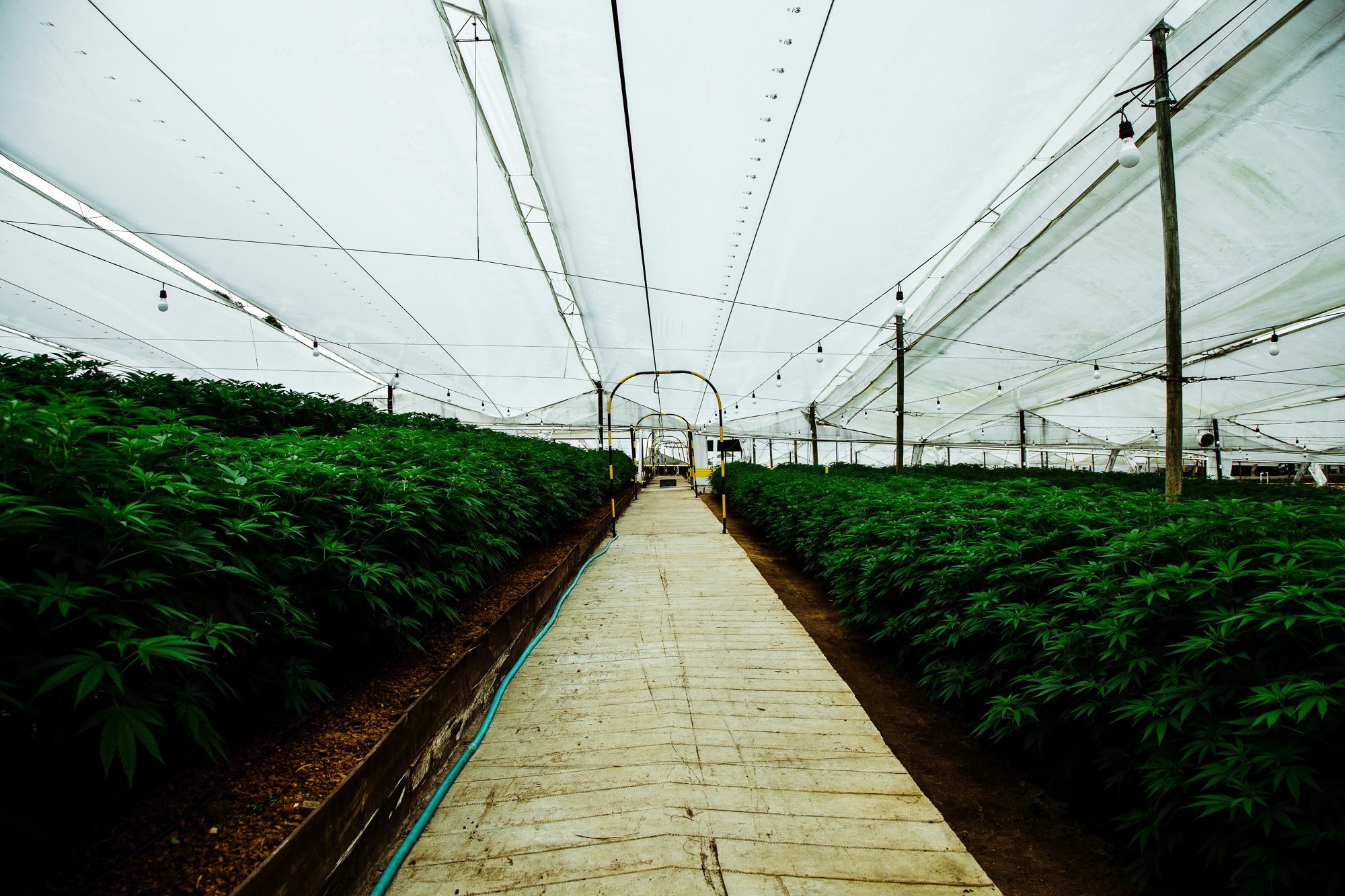
Some experts believe the impact is so significant in places like Colorado and California it has the potential to jeopardize targets set by state governments for reducing greenhouse gas emissions in response to climate change. In an interview with The Californian, Mills says: “In this warming world, indoor farming is an environmentally unaffordable luxury.”
This is one of the main reasons why PharmaCielo, after considering dozens of potential countries in which to build their primary growing operation, came back to Colombia.
Colombian cannabis farms are a far cry from the assembly-line atmosphere of North American indoor grows, where retina-burning yellow light emanates from high-intensity lamps. Under this type of lighting, special protective glasses are necessary just to safely look at the plants. Wind, temperature, and humidity are all artificially produced or controlled by various machines.
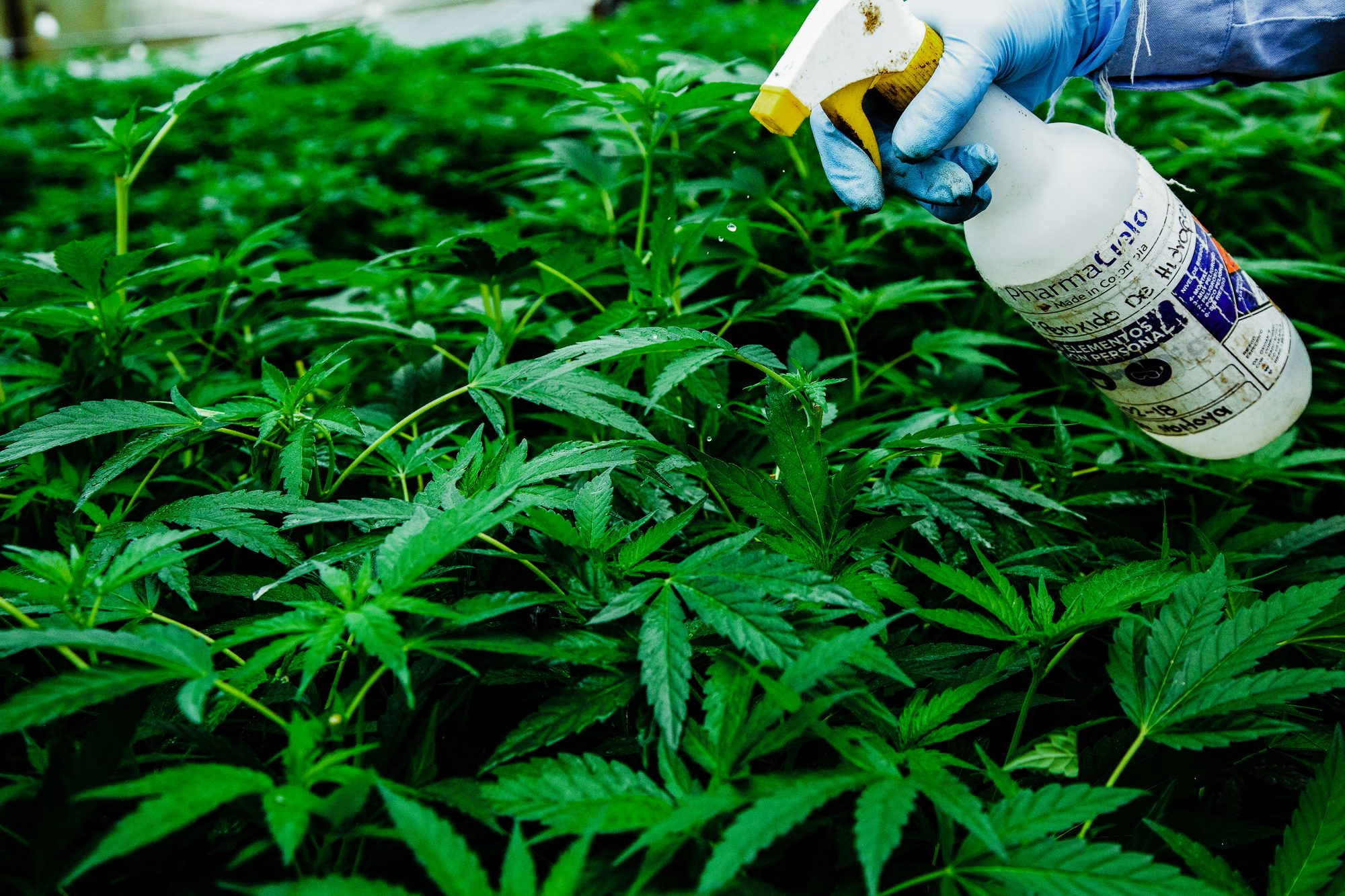
By contrast, PharmaCielo’s plants are entirely sun-grown. Their airy greenhouses are flanked by collected-rainwater lakes and reservoirs of cool stream water that runs down from the mountains. Rather than pots, plants grow from shared soil-beds that line the greenhouse floor.
PharmaCielo has spent the past two years preparing their soil by growing crops like alfalfa, onions, and peanuts that can be turned back into the soil to create natural fertilizers and insect repellants. This framework for sustainable farming in many ways was set up by the preexisting flower industry in Colombia, another reason cannabis is so well positioned to thrive in the country.
The flower industry provides a workforce of qualified farmers willing and ready to transition to cannabis. It employs roughly 180,000 people in Colombia, 15,000 to 20,000 of which are in the Rionegro region, says PharmaCielo Representative David Gordon. “They’re transferable skill sets,” says Gordon. “We have this massive, incredible staffing resource and if we go to northern climates, you don’t have that skill set—it doesn’t exist.”

This ready-made workforce is a crucial part of PharmaCielo’s ability to oversee nearly 130 hectares—roughly 14 million square feet—of combined cultivation facilities, the equivalent of roughly 243 football fields of space. And yet, this is but a small fraction of the land that the company intends to cultivate. According to Gordon, contractable growers in the country have already offered the company 1000 hectares for cultivation.
While legal recreational cannabis gets a lot of attention from the public, many within the industry, including PharmaCielo, are currently focused on the international medical cannabis market, which is developing much faster. By 2025, Grand View Research, a market research company based in the United States, predicts this market will be worth roughly $55.8 billion. Others within the industry project that it could soon reach as high as $200 billion.
For now, PharmaCielo is focused on Colombia’s market. But according to Gordon, with Colombia’s climate and growing conditions, the country could one day meet the entire world’s demand for medical cannabis extracts.
Other major international cannabis producers and businesses have begun to catch on to this opportunity as well. Recently, Canopy Growth, ICC Labs, Aphria, Khiron Life Sciences and other cannabis production giants have all announced their intentions to expand into Colombia. But before international sales have even begun, it looks like they may already be behind. In PharmaCielo’s facility in Rionegro, nearly 250,000 cannabis plants—some for CBD and others for THC—are already underway.
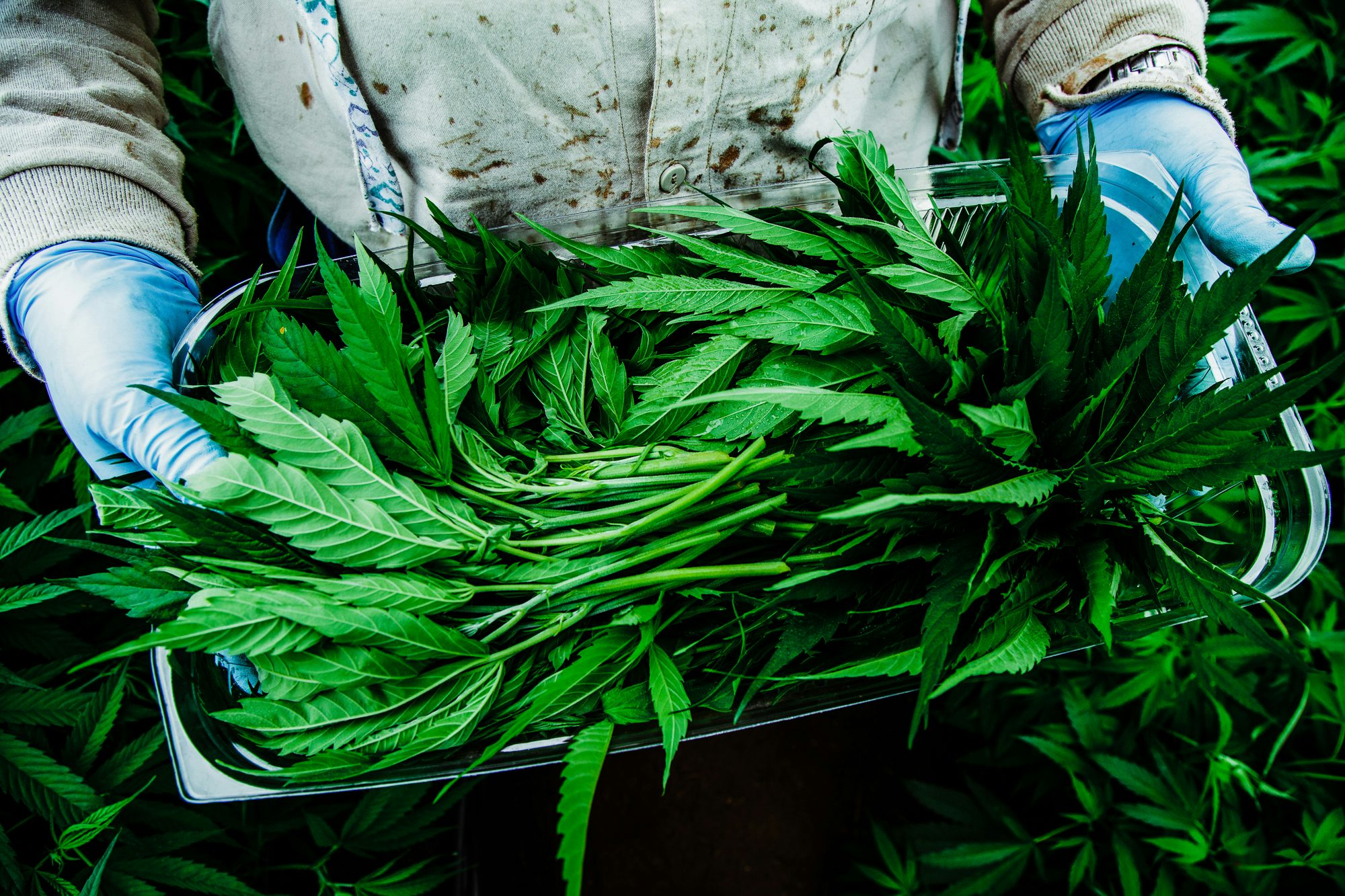
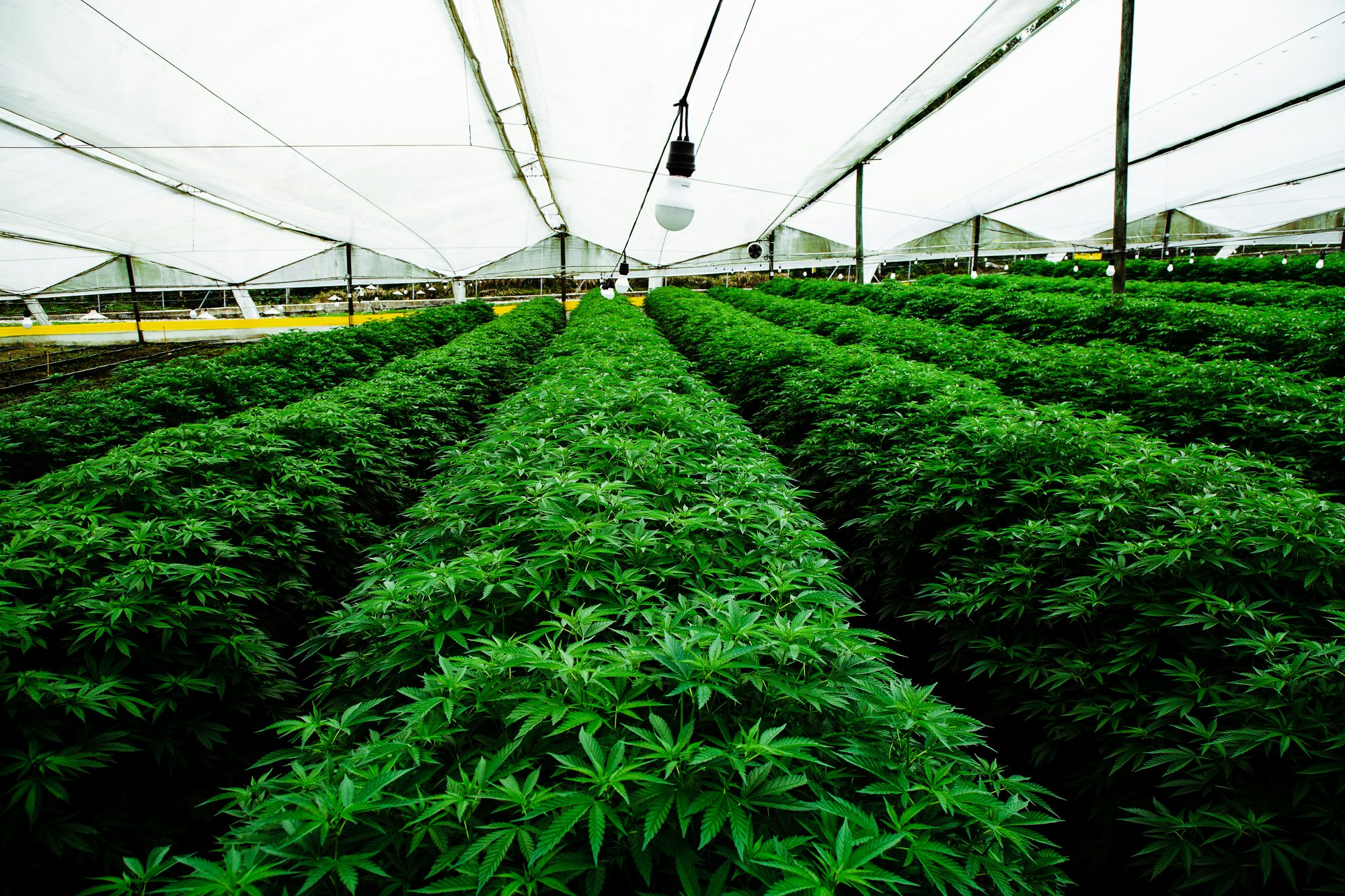
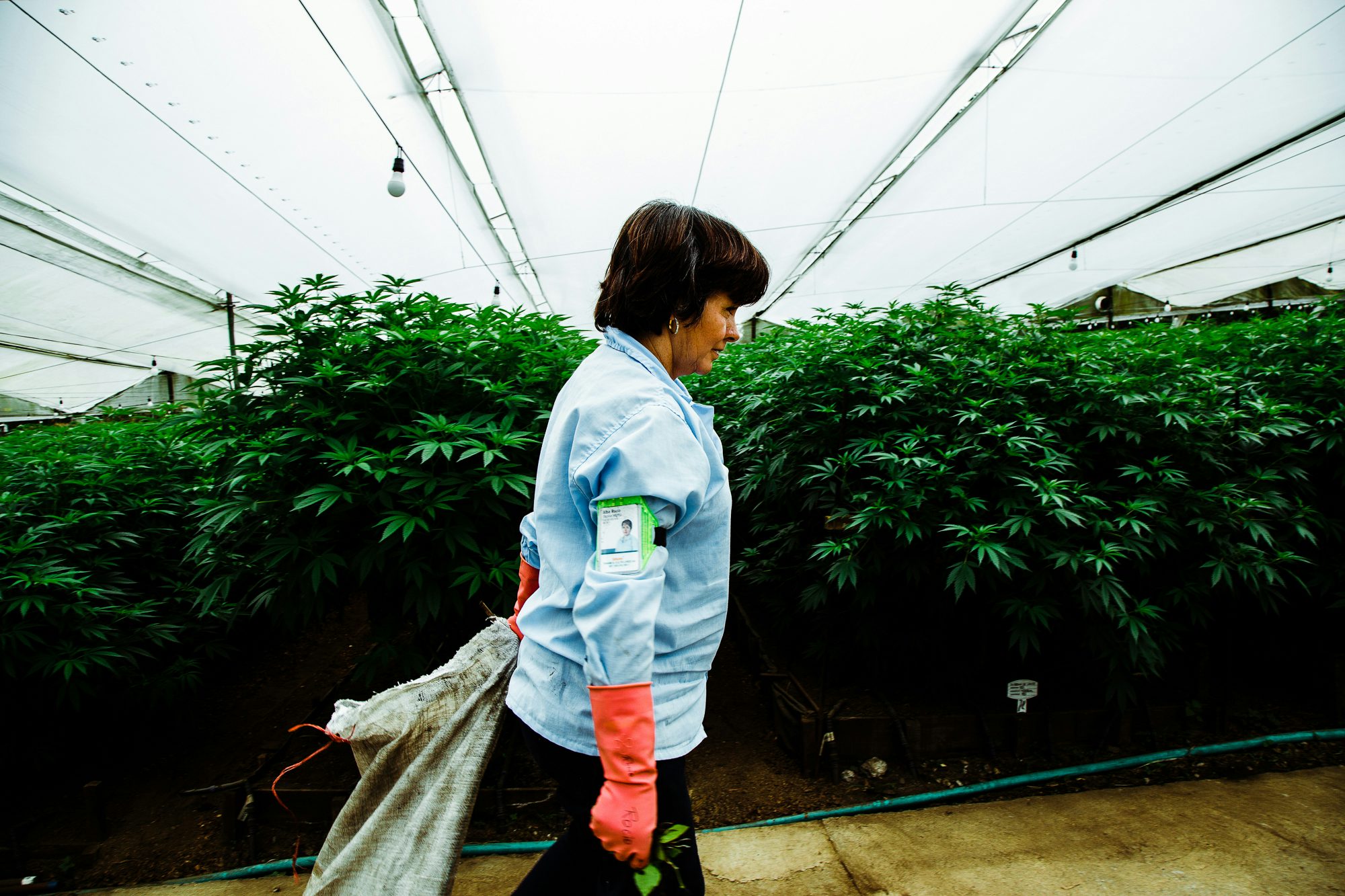

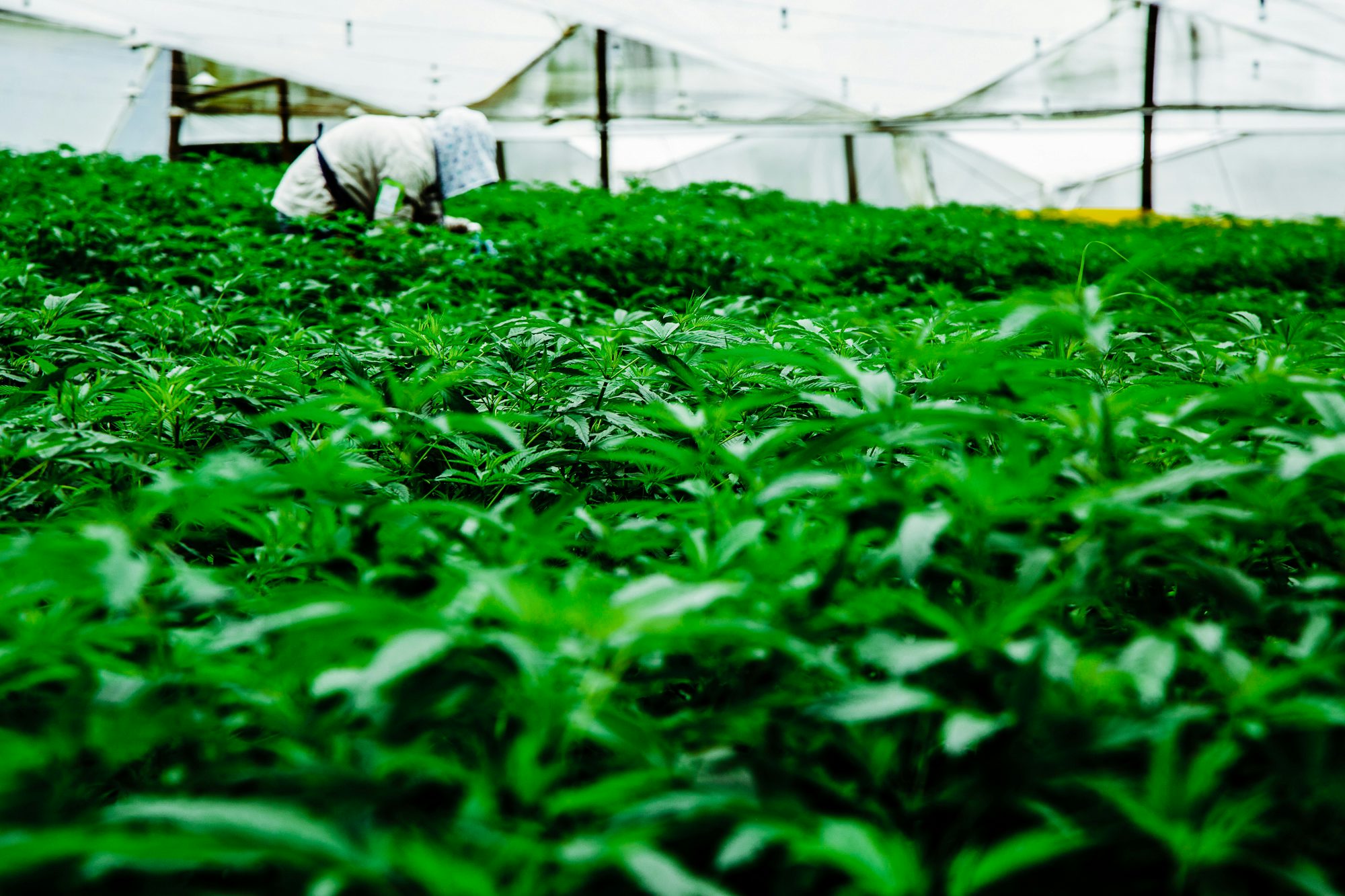
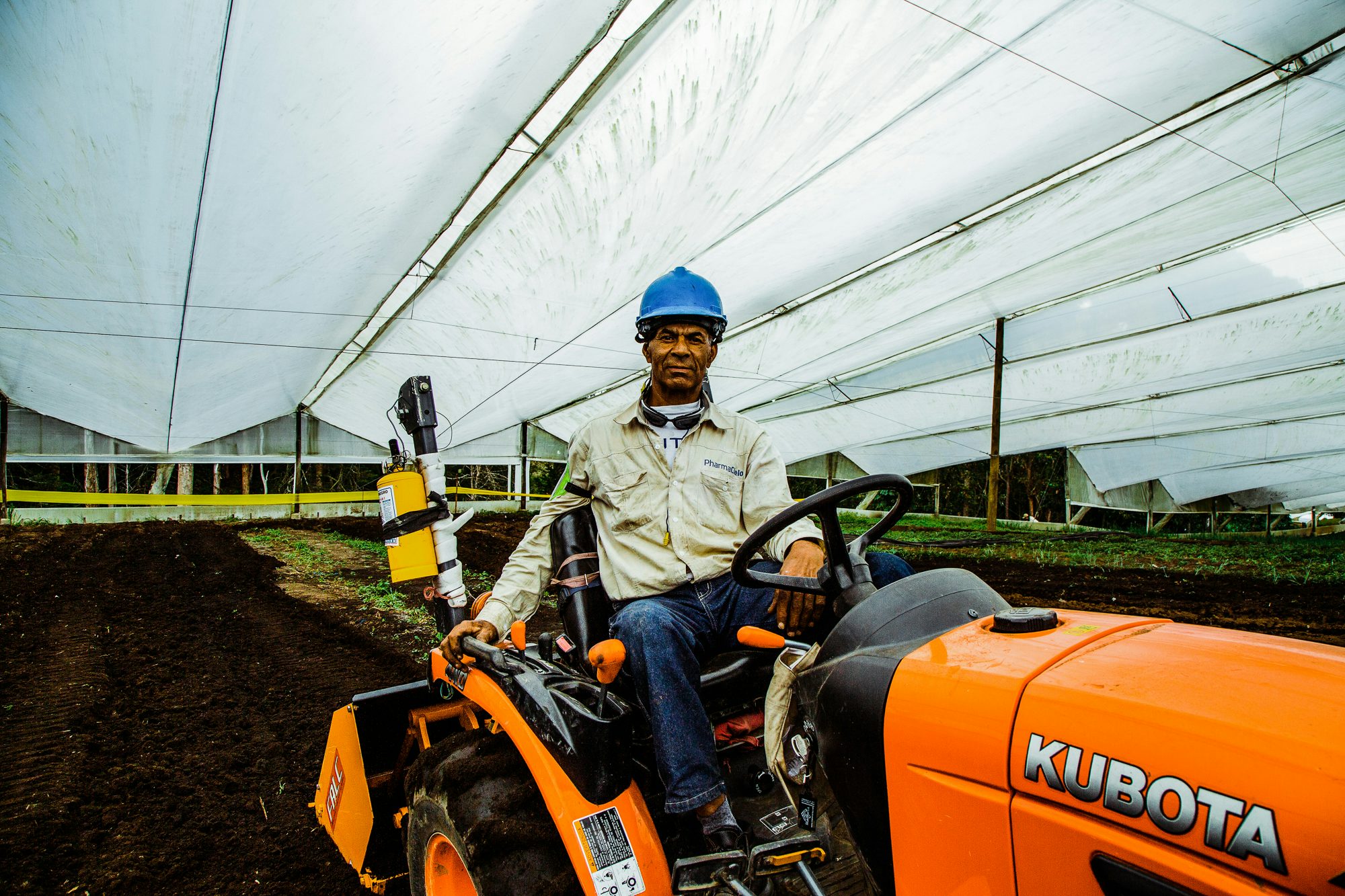
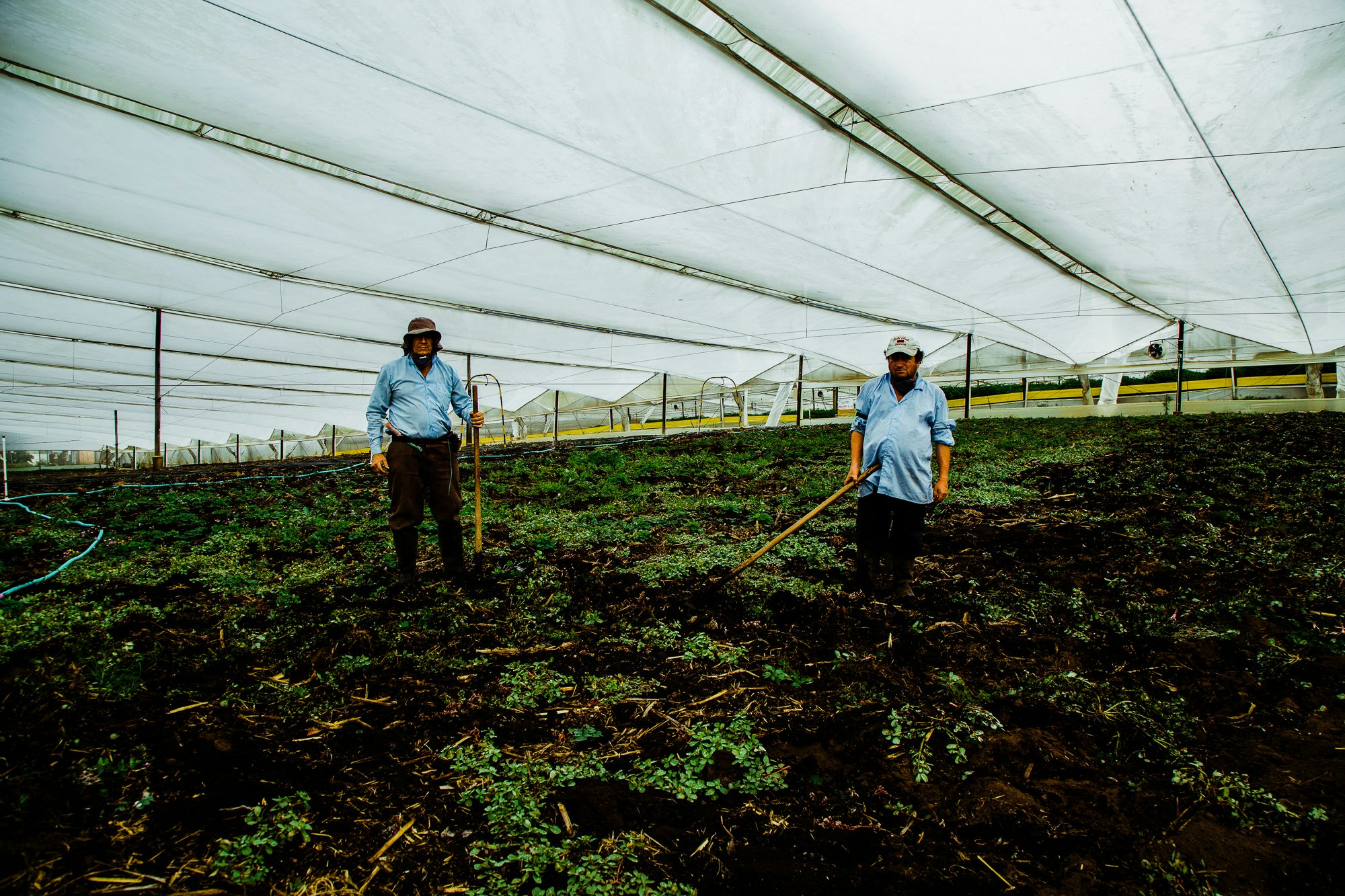
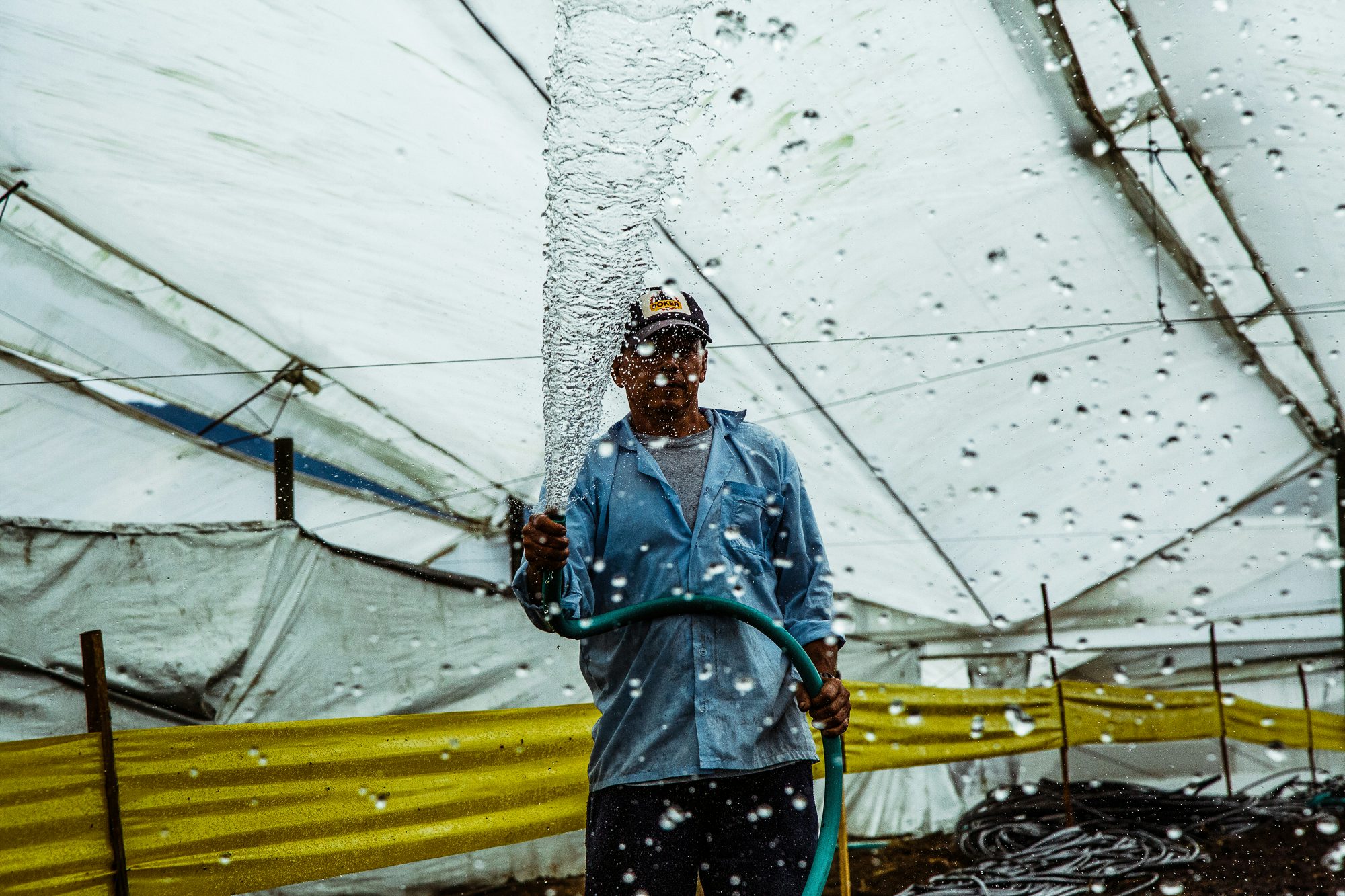
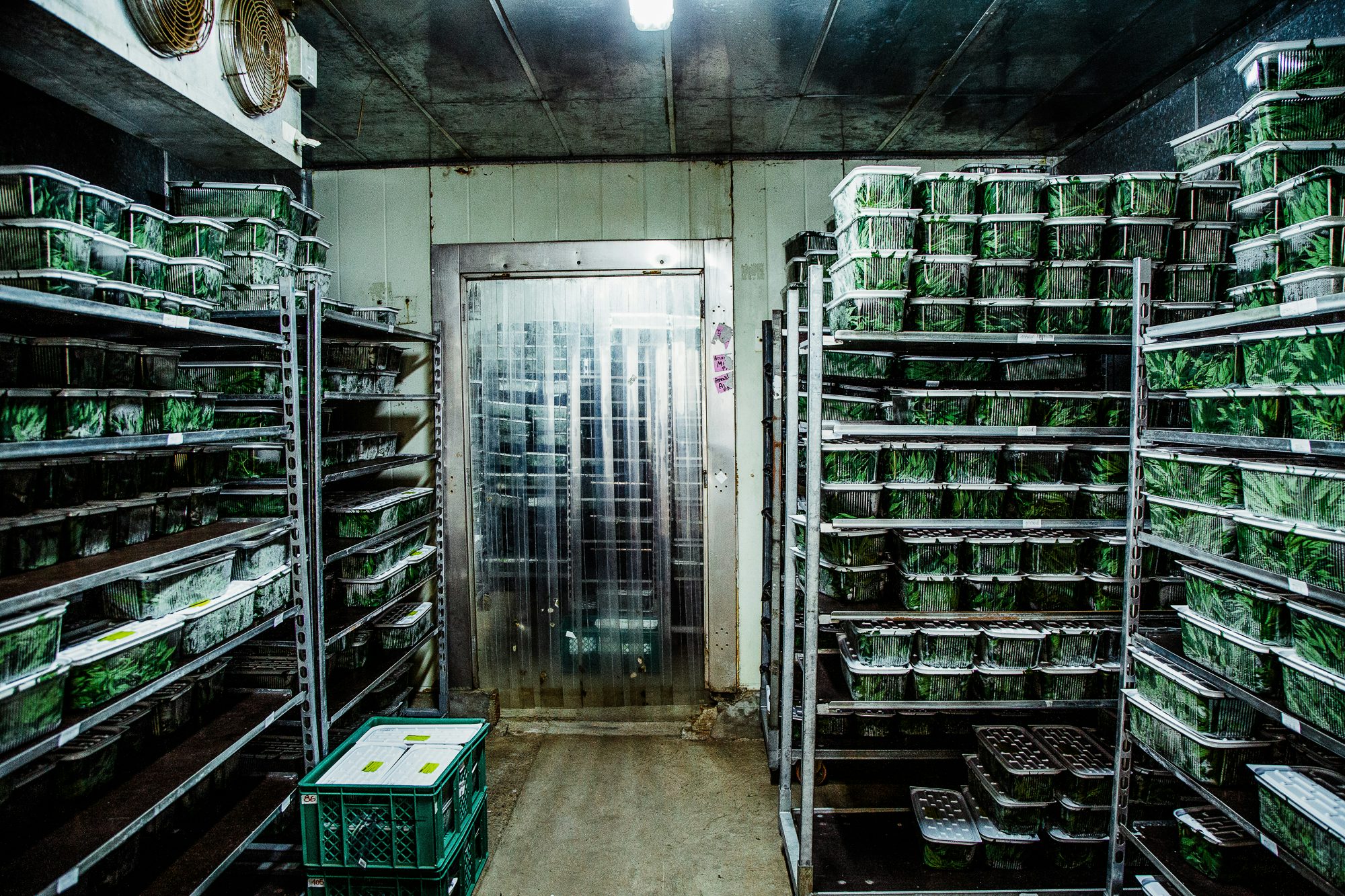
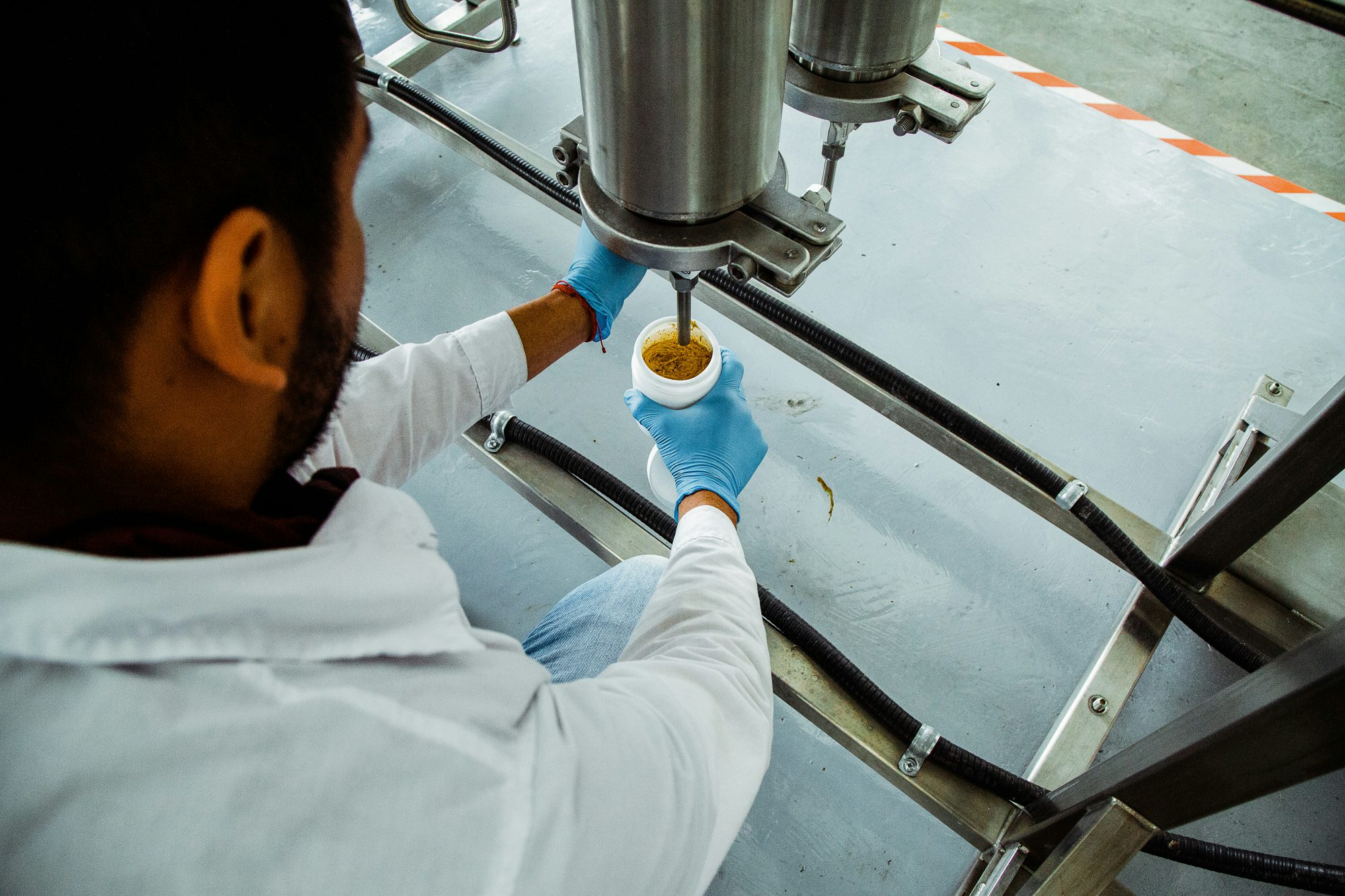
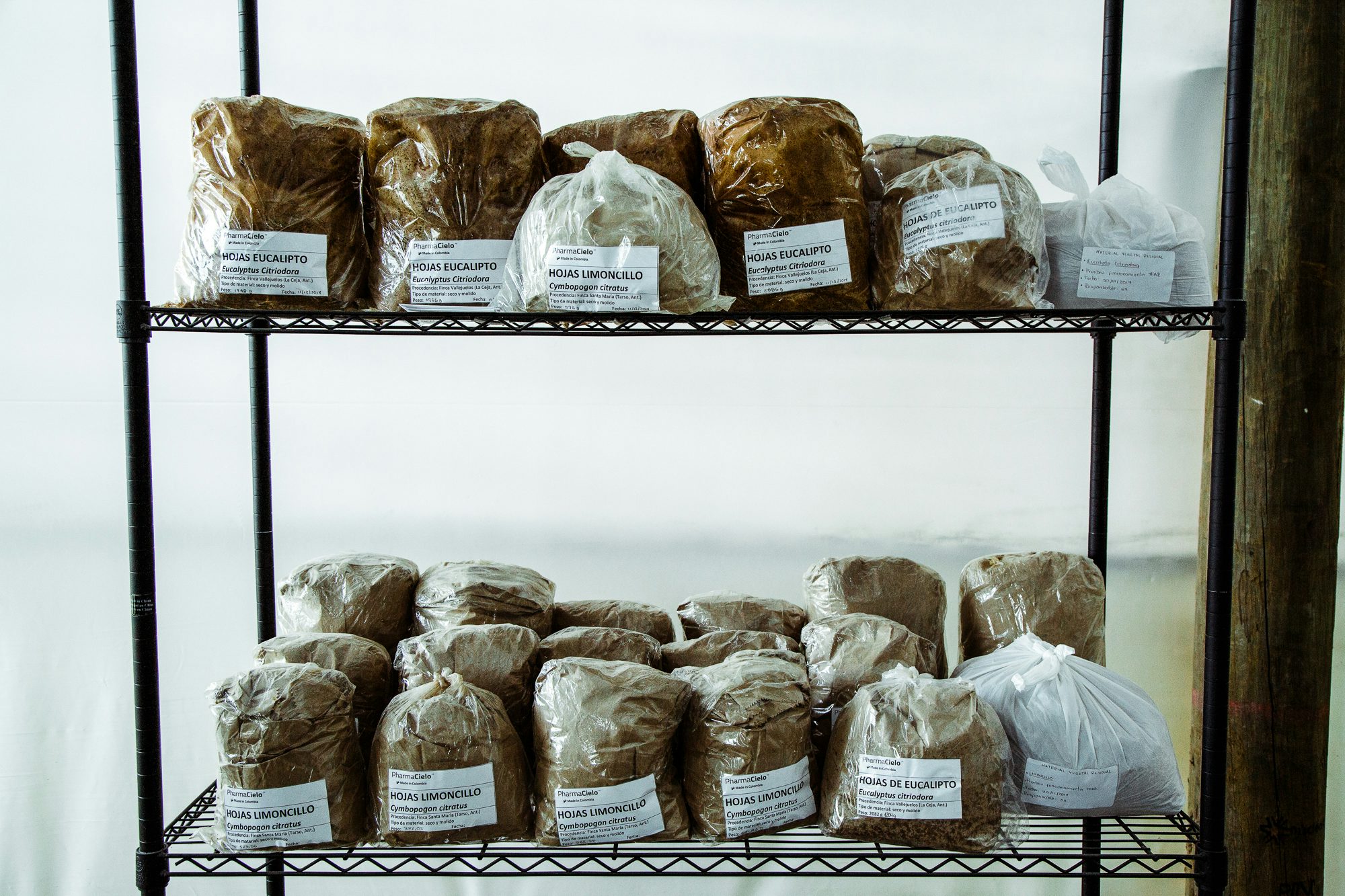
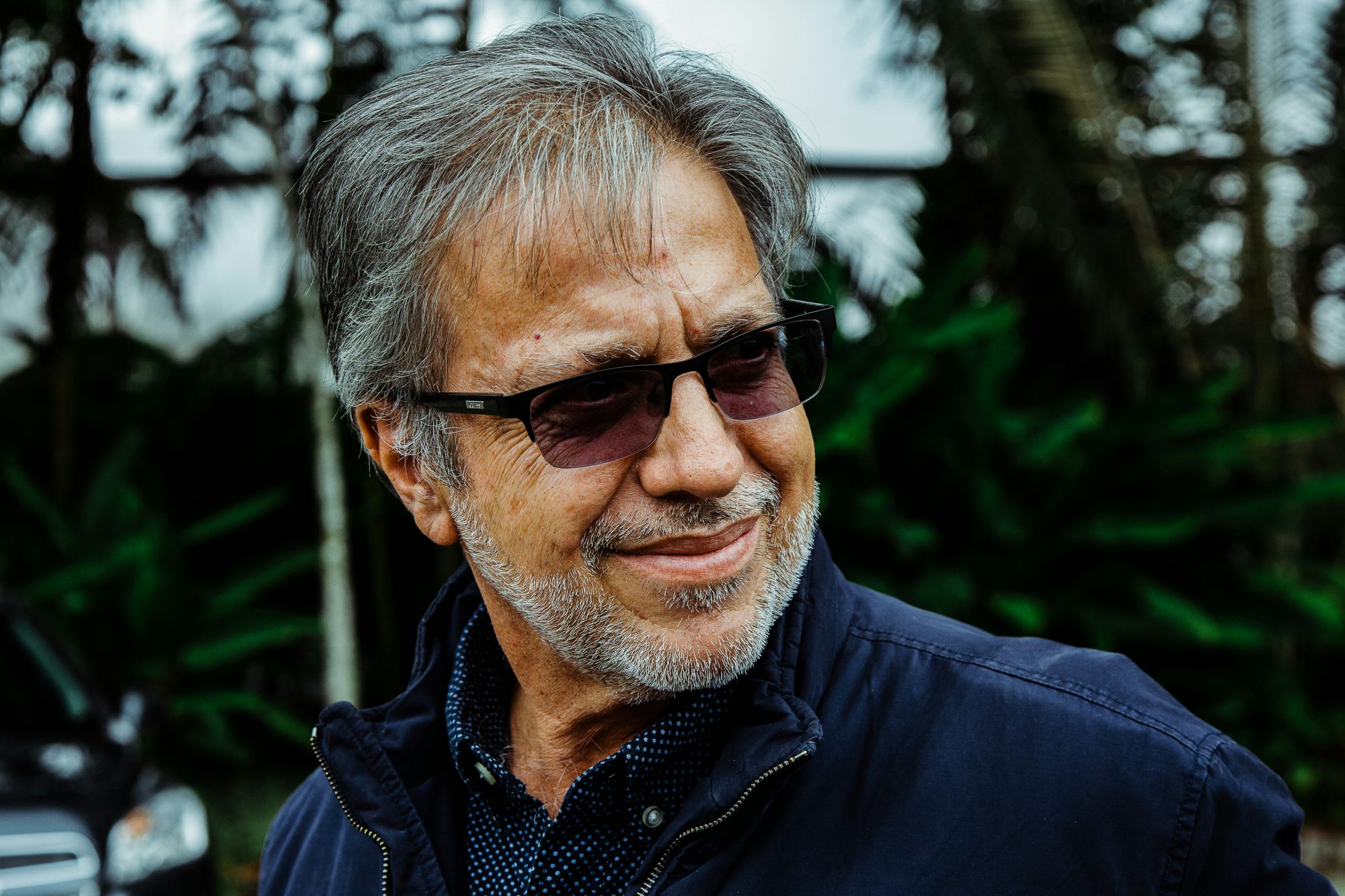
Herb Recommended Products:
READ MORE









